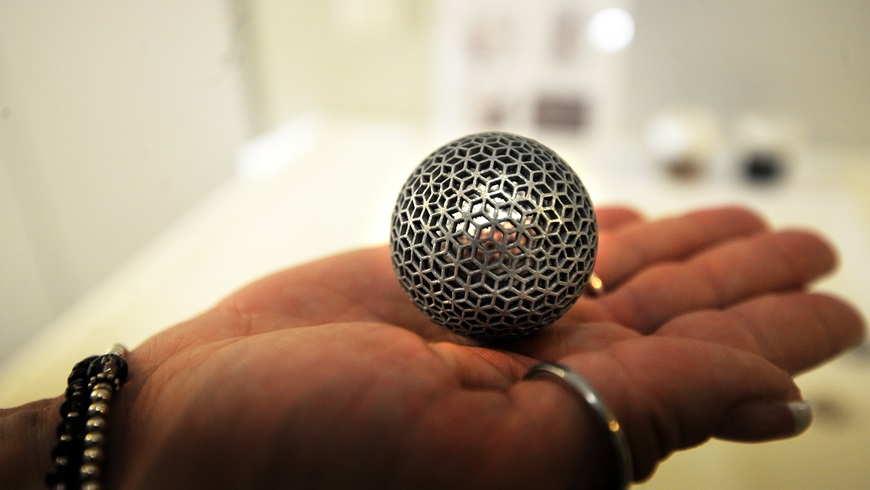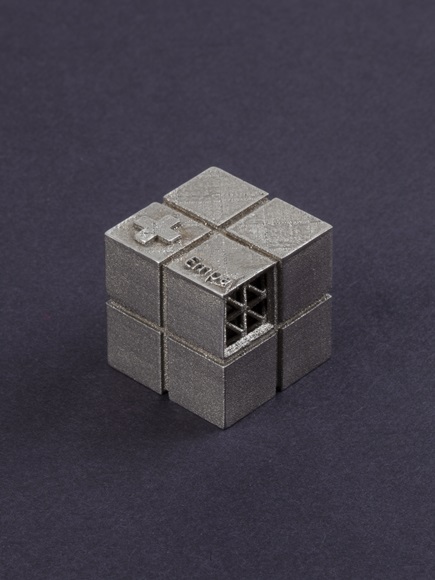Tech Briefing in Thun
Laser experts gave insights
Lasers are perfect tools for metalwork. Not only can they cut, they are also able to smooth surfaces, weld with high precision or create complex metal components measuring no more than a millimeter. Over 100 guests from industry and politics convened on Empa’s Thun campus in May to experience Empa’s laser expertise at first hand.

Lasers: the non-contact tool of the present and the future. Apart from the established laser removal processes such as cutting, drilling and milling, joining techniques such as welding or 3D laser printing are also becoming increasingly interesting for manufacturers of precision parts. These production methods of the future are being researched and honed on Empa’s Thun campus, where a competence center for processing and producing metallic materials is to be constructed in the next few years. This will facilitate and intensify the cooperation with companies from Central and Western Switzerland.
The info event Lasers – the Perfect Tool at the Thun campus symbolized an initial step towards establishing this competence center. After a tour of the labs, over 100 guests from politics and regional and international enterprises gathered for the research presentations moderated by Patrik Hoffmann, Head of the Advanced Materials Processing department.
Empa researcher Laetitia Philippe presented the two-photon polymerization technique for 3D-printing synthetic material. This method can be used to make synthetic microstructures measuring 0.2 micrometers. Thanks to galvanic casting, the researchers are able to produce minuscule metallic components from these synthetic microstructures.
New alloys for 3D-printing
Marc Leparoux explained the connections between conventional laser welding and the new 3D metal printing technique. And in his talk Christian Leinenbach described novel alloys that open up new applications for 3D metal printing, which particularly include titanium alloys that have been optimized for the 3D printing process for personalized medical implants, and super alloys for printing blades for gas and steam turbines or jet engines.
Detecting material defects during the 3D printing process
Finally, Kilian Wasmer presented a method that pinpoints any cracks in the material that occur during the printing process by monitoring the construction process acoustically and recording it. A software program analyzes the data generated and determines whether a stress crack has formed during the 3D printing process. The researchers have already used the technique successfully to monitor paper printing machines, where a mechanical breakdown manifests itself in the form of certain noises. The acoustic monitoring system recognizes these sounds and switches off the machine before it jams, which avoids costly damage.
The future Additive Manufacturing competence center in Thun is being constructed with funding from the Canton of Bern and the City of Thun. It will also house start-ups alongside Empa’s research departments. More info here.
